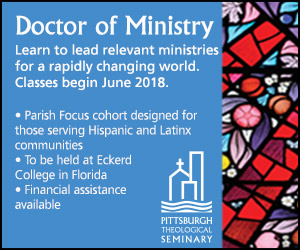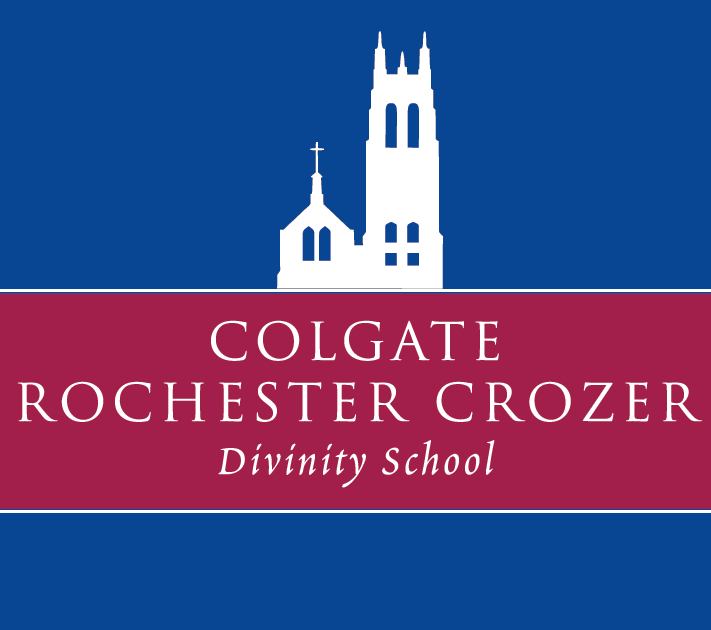by Lerone A. Martin
Youth are vital in understanding how changing communication patterns revive, alter, and shift religion in America. Indeed, the religious practices of youth served as a catalyst of one of the most notable and chronicled shifts in Christian ministry: The Great Awakening.
The immediate and novel conversion of a particular young woman, famously known as “one of the greatest company-keepers in the whole town,” helped to set off the Great Awakening’s collection of eighteenth-century revivals. The young woman recalled her experience of grace to Reverend Jonathan Edwards. The renowned minister was convinced that “God had given her a new heart, truly broken and sanctified.” He said that her religious experience was “the greatest occasion of awakening to others, of any thing that ever came to pass in the town.”
Edwards used the emerging communication forms and channels to chronicle and disseminate how young people were experiencing and practicing religion in a renewed manner, and how clergy should understand and respond to this “surprising work of God.” The experience of the young woman and the resulting efforts of clergy, chronicled in Edwards’s A Faithful Narrative of the Surprising Work of God, spread across the colonies and the Atlantic. The resulting revivals altered ideas and theology about how salvation occurs, the role of ministers, and the methods, styles, and means of preaching. God, it appeared, was doing a new thing. Youth were a key component in understanding the new forms of ministry.
So it is with us today. Currently, we are undergoing our own experience of revival. By revival, I am not referring to large religious gatherings of emotional fervor. Rather, as historian William G. McLoughlin pointed out years ago, religious revivals are the various attempts made by faith institutions and religious leaders (from the eighteenth century to today) to grapple with and adjust to the periodic and generational social and cultural changes that cause the reevaluation of values and beliefs in established norms and authorities. Indeed, social media have altered worldviews, ideas of community, religious authority, as well as the ways in which Americans understand and practice religion. Faith communities are then in the midst of a social media revival—attempting to understanding how to respond to the new cultural and social landscape wrought by social media.
The Great Awakening serves as a historical lesson to us today. Efforts to revive religion—to respond to current change—must attend to the experience of young people. Perhaps one New Media Project blogger put it best: We must “Listen to Millennials, please”. Best practices for utilizing social media will emerge from listening, studying, and understanding how youth (both broadly defined and those in local contexts) are already integrating social media into their lives. Scholars such as Christian Smith, Leah Gunning Francis, and Jennifer Ayers, to name a few, have given this question some thought. Moreover, sources such as Pew Research Center’swork on Millennials can provide help towards this end. Understanding, chronicling, and modeling our current “revival” after the social media practices of youth could bring about another “surprising work.”
Lerone A. Martin, a research fellow for the New Media Project, is a 2013-2014 Postdoctoral Research Associate at the Washington University in Saint Louis Danforth Center for Religion and Politics.
The New Media Project is a research project helping religious leaders become theologically savvy about technology.



















